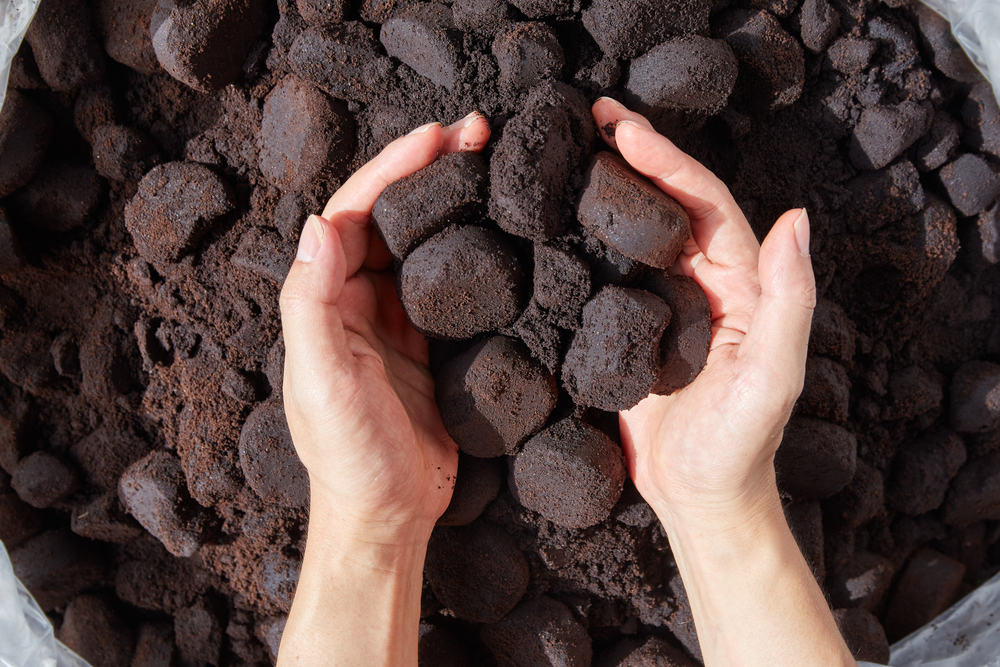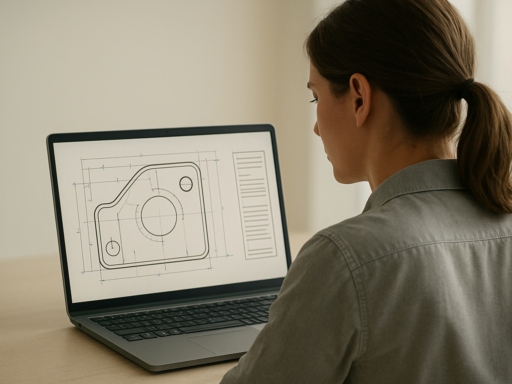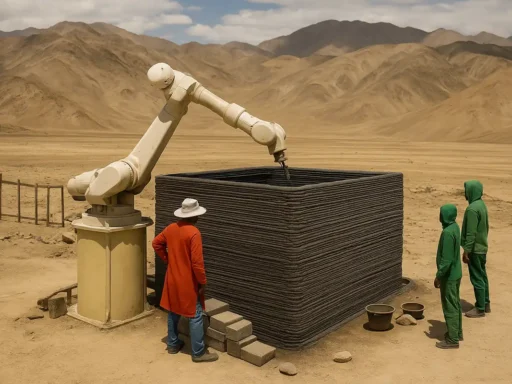Michael Rivera, an assistant professor at the University of Colorado at Boulder, alongside his team, has discovered a unique method of 3D printing using discarded coffee grounds. With sustainability at the forefront, Rivera’s innovative technique transforms the used grounds into a paste by combining them with water and a few other eco-friendly components.
Already showcasing the versatility of this approach, the team has crafted items such as jewelry, plant pots, and even espresso cups using these coffee grounds. Impressively, the method is adaptable to the majority of affordable, consumer-grade 3D printers. Rivera highlights the cyclic nature of the process, stating, “If you don’t want the printed object anymore, just grind it and print again.”
The inspiration for this groundbreaking endeavor is rooted in a personal experience. While studying at Carnegie Mellon University, Rivera frequented a cafe named Arriviste Coffee Roasters. The pandemic halted the cafe’s usual composting process, leading to an accumulation of coffee waste. Seizing this opportunity, Rivera saw potential in these discarded grounds.
Traditionally, consumer 3D printers use materials like polylactic acid (PLA), which is technically compostable. However, most of it ends up in landfills, taking up to 1,000 years to degrade. Rivera’s method not only tackles plastic waste but also effectively utilizes the abundant coffee waste.
The simplicity of the process is noteworthy. The coffee grounds are mixed with cellulose gum and xanthan gum – both readily available and compostable materials – and then combined with water to achieve a peanut butter-like consistency. Although some tweaks are needed to fit the concoction into 3D printers, the resulting creations are durable, equating to the strength of unreinforced concrete.
Seeing the broader picture, Rivera envisions the use of coffee grounds in diverse applications, such as acid-tolerant plant seedlings and even sustainable electronic components.
While Rivera acknowledges that 3D printing with coffee might not dominate the industry, he believes this initiative paves the way for exploring more sustainable 3D printing alternatives to plastics.





